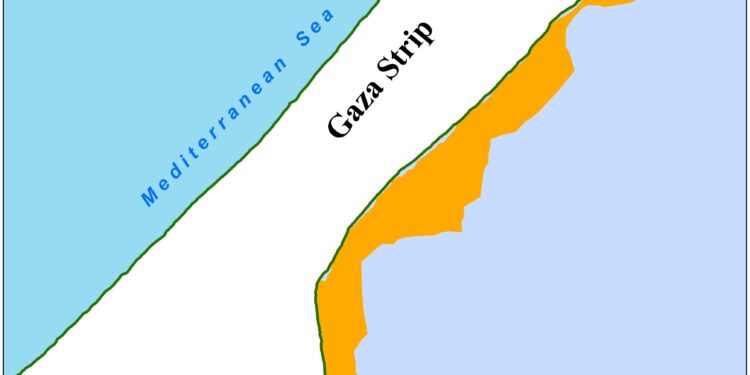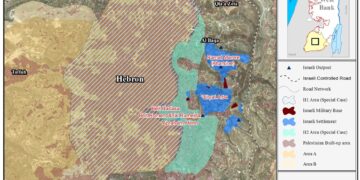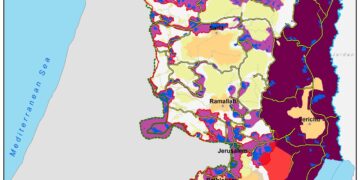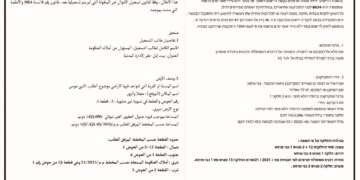After the ceasefire in the Gaza Strip took effect on January 19, 2025, U.S. President Donald Trump made a highly inhumane statement on January 26, 2025, suggesting that Gaza should be “cleaned out” and that Palestinians be forcibly relocated to Egypt and Jordan, describing the enclave as a “demolition site.” His statement have sparked global condemnation and reignited fears of ethnic cleansing for Palestinians living in Gaza.
Palestinians strongly reject Trump’s statement and consider it as a blatant attempt to erase Palestinian sovereignty/identity and rights in the Gaza Strip through forced expulsion. Both Egypt and Jordan also rejected any notion of displacing Palestinians from their homeland, emphasizing that Palestinians have the right to remain in their homeland and condemned any attempt to forcibly displace Palestinians out of the Gaza Strip.
Trumps statement violate international law and human rights principles, as the prohibition of forced displacement is a well-established principle in international law, particularly under International Human Rights Law and International Humanitarian Law. The right to protection against forced displacement is enshrined in several legal frameworks, including: The Universal Declaration of Human Rights (UDHR), Article 13[1], The International Covenant on Civil and Political Rights (ICCPR), Article 17[2] The Guiding Principles on Internal Displacement[3], and The Geneva Conventions, Article 49[4].
While U.S. President Donald Trump suggested the forced expulsion of Palestinians from the Gaza Strip, former Israeli Prime Minister Ehud Olmert’s 2008 proposal, part of broader peace negotiations between Palestinians and Israelis, involved a negotiated land swap. Under this plan, approximately 89 km² along Gaza’s eastern border would be allocated to expand the enclave’s territorial jurisdiction. This area could serve as a temporary solution to prevent the forced displacement of Palestinians, offering a humanitarian safeguard against Trump’s statement.
The initiative calls for the temporary relocation of Palestinians from northern Gaza to the designated land east of Gaza, as outlined in Olmert’s plan. This relocation would be protected by international law, ensuring it remains a provisional measure until the full reconstruction of northern Gaza is completed. Once reconstruction is finished, displaced Palestinians would be legally returned to their original homes.
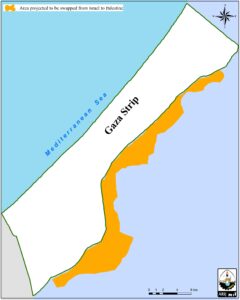 Land Swap along the Eastern Border of Gaza as outlined in Olmert’s plan of 2008
Land Swap along the Eastern Border of Gaza as outlined in Olmert’s plan of 2008
The recognition of Palestinian rights and the protection of their dignity is a key demand. A sustainable solution must prioritize the well-being, sovereignty, and self-determination of the Palestinian people, ensuring that any resolution fosters lasting peace, justice, and stability in the region.
[1] Universal Declaration of Human Rights
https://www.un.org/en/about-us/universal-declaration-of-human-rights#:~:text=Article%2013,to%20return%20to%20his%20country.
[2] International Covenant on Civil and Political Rights
https://www.ohchr.org/en/instruments-mechanisms/instruments/international-covenant-civil-and-political-rights
[3] Guiding Principles on Internal Displacement
https://www.unhcr.org/media/guiding-principles-internal-displacement
[4] https://ihl-databases.icrc.org/en/customary-ihl/v2/rule129
Prepared by:
The Applied Research Institute – Jerusalem


